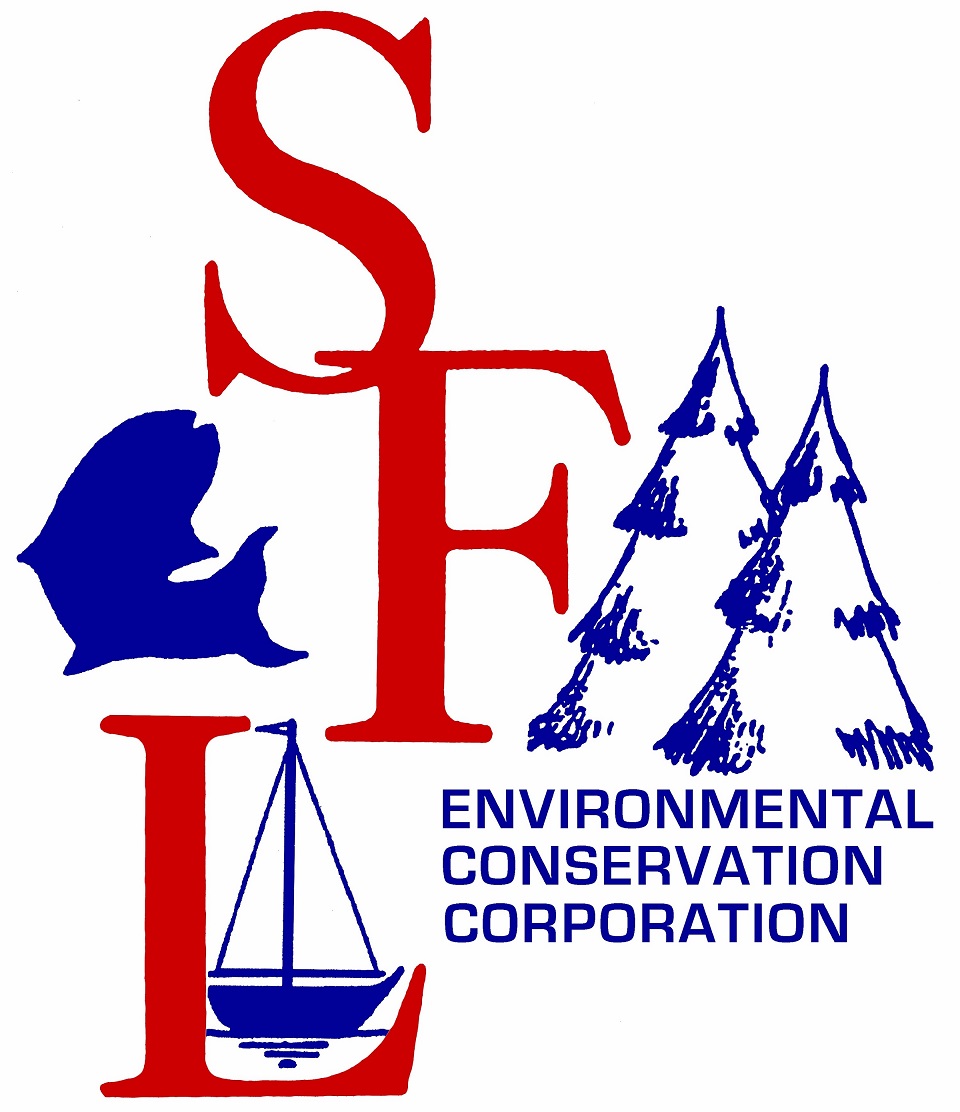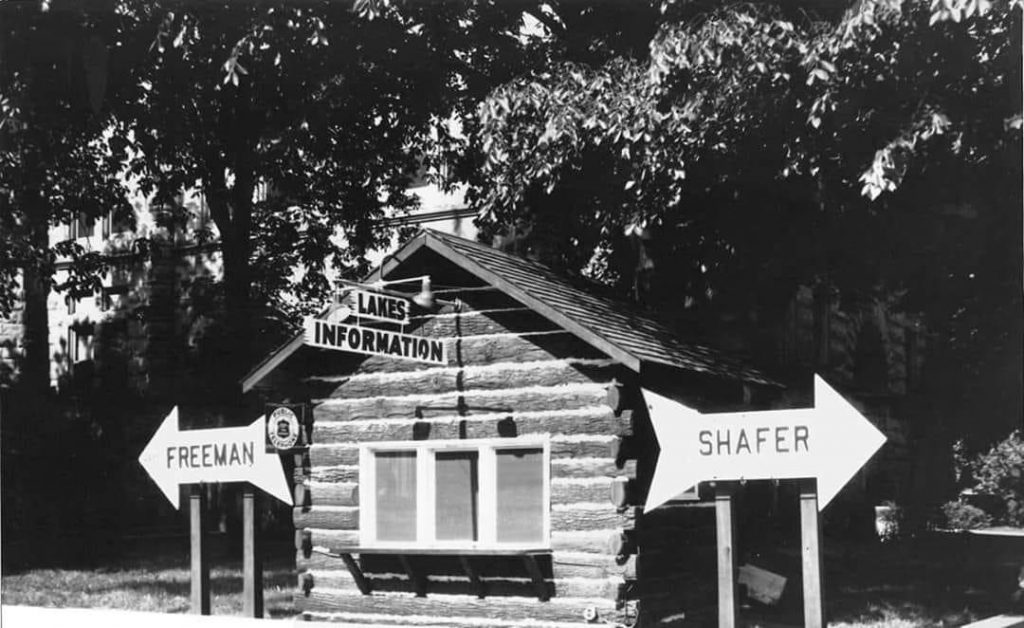Many years ago, I had a teacher who would tell his class to read the assigned text first for what it said, and then again for what it did not say. The first time I heard this, I thought to myself that it was going to be an interesting semester. But as the course progressed, I began to understand. Often, the text would use many words and in doing so, say nothing. Yet, when I asked myself what the text left unsaid or omitted, I began to understand what the author was trying to say. I must say that semester was interesting, but it did spoil recreational reading for a long while.
While reading the summary of a study by USFWS titled: Tippecanoe River, Indiana: Defining point source threats to rare endangered mussels, I heard my teacher say that I should read it again. If you wish to read it, click here and have a look. During the first read, I learned while the object of the study was to identify point sources that negatively affect the river via chemical degradation of water and sediment, it went on to suggest that a more serious threat to the mussels may be non-point source pollution such as: urban runoff; agricultural chemical inputs; aerial deposition; and excessive erosion and sedimentation. During that second read, I learned the study did not point to the dams or abnormal fluctuations of water flow rates as being a threat to rare endangered mussels. Then, I recalled all the information I have read from USFWS stating how the dams’ generation of electricity and their supposed change of the natural run-of-the-river flow rates were detrimental to the survival of the endangered mussels. In all of that material, I recall nothing being said about these point and non-point source items being threats to the endangered mussels.
~Joe Roach, SFLECC Executive Director

